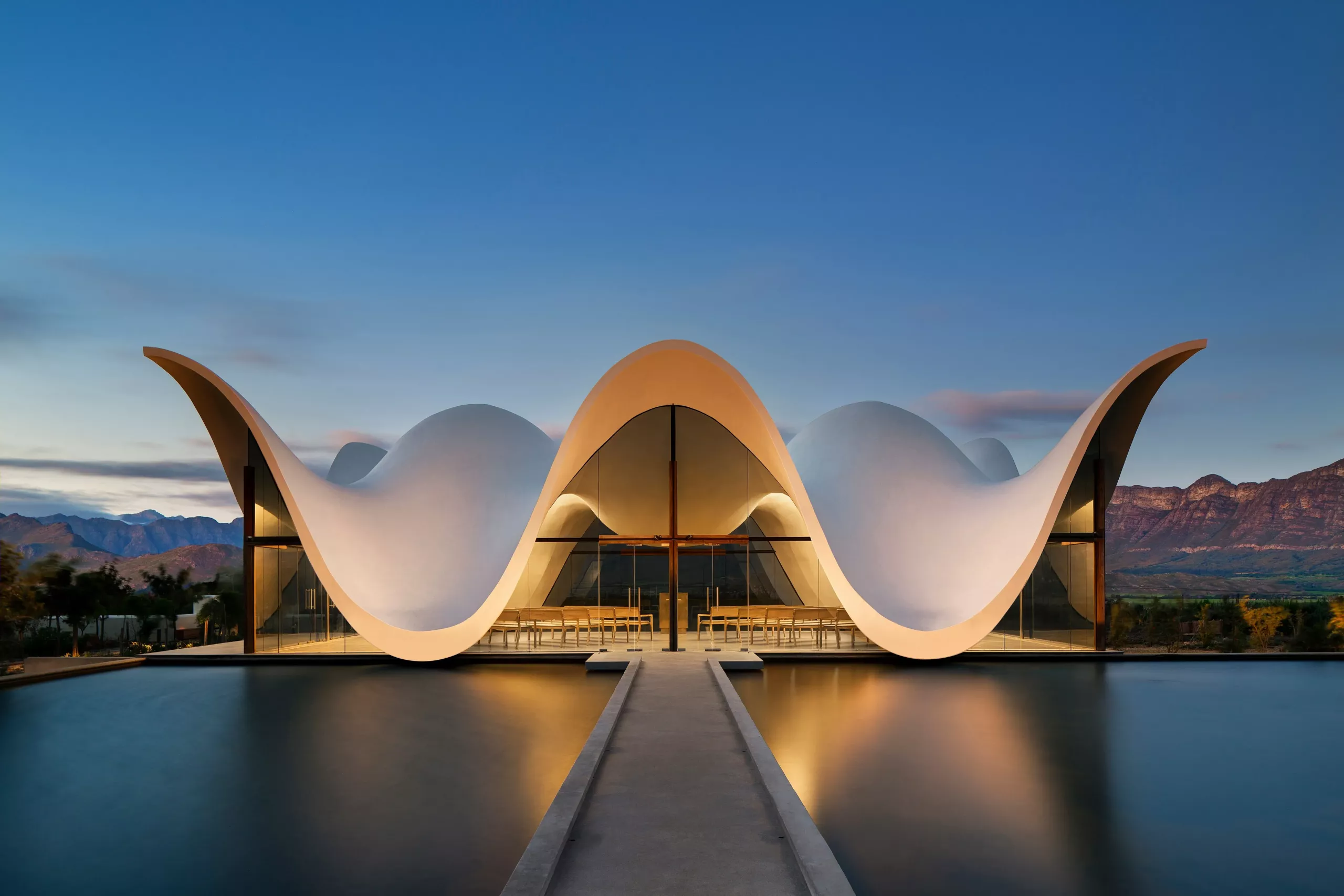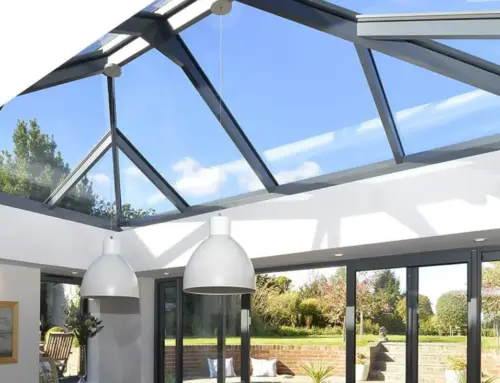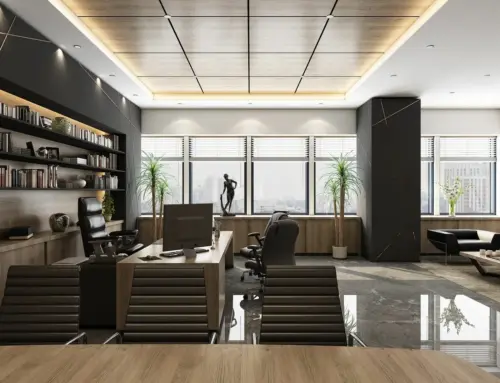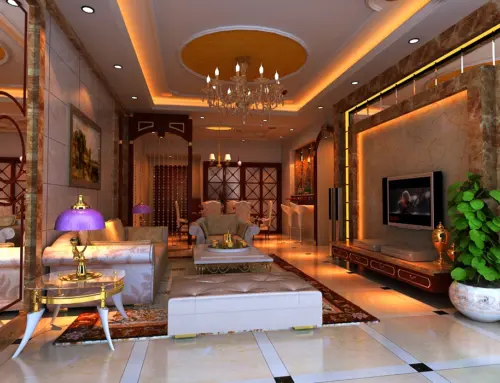What are the Benefits of Using After Effects in Architectural Design?
After Effects in Architecture allows you to go beyond static visuals. It is a revolutionary idea in computer graphics.
The use of after-effects is not new. In fact, the use of After Effects can be dated as far as the 90s. In the beginning, it was just for movies and video games. But with the passage of time, the applications of after-effects became well known. New features were introduced. After Effects became popular in the architectural industry as well.
Architects, designers and planners can reap the benefits of after-effects. This article aims to address the advantages of After Effects in construction and how you can use it.
DISCOVER HOW USING AFTER EFFECTS IN ARCHITECTURE CAN BE A GAME CHANGER FOR ARCHITECTS AND DESIGNERS AND GAIN INSIGHTS INTO COMMONLY USED SOFTWARE.
Role of After Effects in Architecture
Following are some of the uses of After Effects:
- Walk-Throughs
- Flyovers
- Motion Graphics
- Particle Simulations
- Colour Adjustments
- 3D Camera Tracking
- Composite and Layering
- Keyframe Animation
- Sound Effects, Music and Voice Overs
Perks of Using After Effects in Architecture
1) Engage Your Audience
After effects in architecture can be used for marketing purposes. It helps to capture the attention of your viewers and attract them towards your building. Creative visualization can help you to stand out from your competition.
The striking visuals will create an immersive experience for your clientele. It will arouse curiosity and force them to pay attention to your work. You can add sound effects and voiceovers to make it more interesting.
2) Save Money and Time
3D Architectural Rendering Services can save you time and money. Time and money are two of the most important resources in this world. Marketing your product through animation and video graphics can help to save tons of money. You can use the videos an unlimited number of times.
Other than marketing, After Effects can save time by improving decision-making and facilitating smooth communication.
3) Improved Visual Clarity
Animation and motion graphics of an architectural design improve visualization.
CGI Rendering Services can use After Effects to create stunning visuals. It will present a clear picture to architects, planners and designers. Moving visuals will allow you to view the spatial features of your design. You can see how your designs engage with the environment and atmosphere.
4) Boosting Creativity
Increased visualization ignites the creative center of the mind. It aids in generating new ideas that can give you a competitive edge.
After effects in architecture, itself, are fun to experiment with. There are a number of features and options for creating unique graphics for your designs. You can try out multiple ideas and see which one fits the best.
5) Breakdown Complex Ideas with After Effects in Architecture
When you present your architectural designs to investors, stakeholders, builders or any other person, you need to make them easy to understand. It is important to present your final product in such a way that it doesn’t confuse the receivers.
You can easily communicate your idea through after-effects. A seemingly complex and intricate idea and be turned into a simplified form.
6) Revamp Online Presence
Nowadays, every business needs to have an online presence. It could be a website, a blog, social media accounts etc. 3D Rendering Services in New York can help you to increase your online reach. Your platforms become more attractive when you add striking visuals. Animation, motion graphics, and voice-overs all help to spice up your website and other social media accounts.
7) Improved Collaboration and Communication
Communicating with stakeholders has never been this easy. Animation and after-effects are a good way to include stakeholders in the planning process. They can share their perspectives and opinions. Through After Effects, you can show the functionality and the aesthetics of your design. By using different lighting techniques it is possible to show your design under different lights.
8) Quicker Decision Making
Common Software Used for Creating After Effects in Architecture
To create after-effects in architecture, professionals utilize advanced software. Some of the most popularly used software for animation and After Effects are:
Blender
Blender is a free software used to create architecture After Effects. It comes equipped with a variety of tools for 3D modelling, architectural modelling and after effects.
Lumion
Lumion is a software used to create real-time rendering. Professional rendering services use Lumion for its impressive results.
Unreal Engine
Unreal Engine is another versatile software commonly used for architecture and gaming. It helps its users to create powerful and creative graphics.
Sketchup
Sketchup is a beginner-friendly and easy to use after effects software. It comes with a bunch of tutorials and demos. It can produce many dynamic visualizations and animation effects.
USE AFTER EFFECTS FOR YOUR NEXT PROJECT AND TAKE YOUR PROJECTS TO THE NEXT LEVEL!
To Conclude
After Effects in Architecture is a game changer. It gives you several different ideas and options to create stunning graphics. In today’s world, capturing the attention of people is a difficult task. Everyone is busy with their own lives. One way to attract potential clients towards your ideas is through After Effects. After Effects is not only useful for demonstrating your designs but also for creating them. With the help of different lighting effects, you can see how your product interacts with the environment.





